News
-
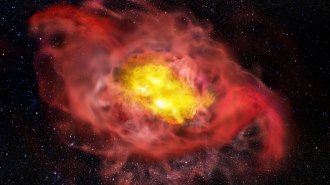 Astronomy
AstronomyAn otherwise quiet galaxy in the early universe is spewing star stuff
Seen as it was 700 million years after the Big Bang, the galaxy churns out a relatively paltry number of stars. And yet it’s heaving gas into space.
By Liz Kruesi -
 Physics
PhysicsPhysicists may have finally spotted elusive clusters of four neutrons
Long-sought clumps of four neutrons called tetraneutrons last less than a billionth of a trillionth of a second, an experiment suggests.
-
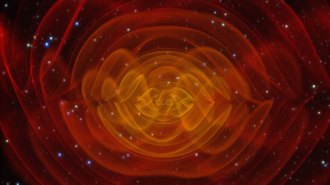 Astronomy
AstronomyGravitational wave ‘radar’ could help map the invisible universe
Gravity ripples scattering off warped spacetime near massive objects might help astronomers peer inside stars and find globs of dark matter.
By Asa Stahl -
 Science & Society
Science & SocietyRussia’s invasion could cause long-term harm to Ukraine’s prized soil
War will physically and chemically damage Ukraine’s prized, highly fertile chernozem soils. The impacts on agriculture could last for years.
-
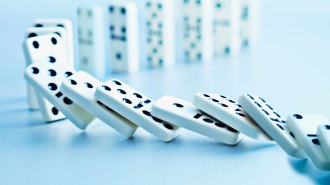 Physics
PhysicsHow fast a row of dominoes topples depends on friction
Computer simulations reveal that two types of friction are important in determining how quickly dominoes collapse.
-
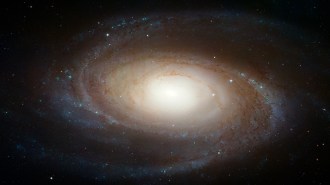 Astronomy
AstronomySeven newfound dwarf galaxies sit on just one side of a larger galaxy
Seven newly found dwarf galaxy candidates are stick to just one side of the large galaxy M81. Astronomers don’t know why.
By Liz Kruesi -
 Health & Medicine
Health & MedicinePfizer’s and Moderna’s COVID-19 vaccines are OK’d for the youngest kids
Babies, toddlers and preschoolers could begin getting immunized against COVID-19 as early as June 21 in the United States.
-
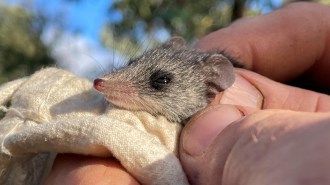 Animals
AnimalsThese tiny marsupials survived wildfires only to face extinction from feral cats
The Kangaroo Island dunnart was one species seen to reemerge after 2019–2020 Australian bushfires but is now closer than ever to extinction.
By Asa Stahl -
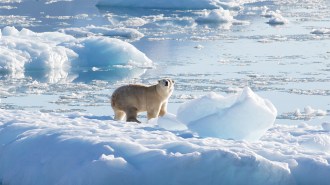 Ecosystems
EcosystemsSome polar bears in Greenland survive on surprisingly little sea ice
“Glacial mélange” could provide a last refuge for some bears as the Earth warms, but climate action is needed to preserve the species, researchers say.
By Nikk Ogasa -
 Astronomy
AstronomyNeutrinos hint the sun has more carbon and nitrogen than previously thought
Scientists still don’t know the sun’s exact chemical composition, which is crucial for understanding the entire universe. Neutrinos will help.
By Ken Croswell -
 Animals
AnimalsHere’s why pumpkin toadlets are such clumsy jumpers
Tiny Brachycephalus frogs from southern Brazil can leap into the air but have trouble landing.
By Meghan Rosen -
 Archaeology
ArchaeologyAncient bacterial DNA hints Europe’s Black Death started in Central Asia
Archaeological and genetic data pin the origins of Europe’s 1346–1353 bubonic plague to a bacterial strain found in graves in Asia from the 1330s.
By Bruce Bower